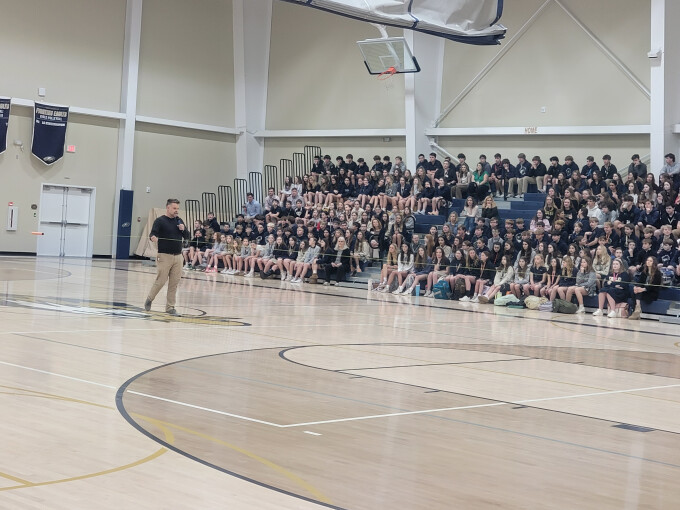A Fantastic Evening At The Chili Cook-off & Concert!

What a fantastic, family focused evening of fun at this year’s Chili Cook-off & Concert! The recent rains moved our celebration indoors, but it didn’t lessen the joyful atmosphere and satisfied smiles of all in attendance!
Inside the Welcome Center, families enjoyed toe-tapping music (provided by PCA Board Member Greg Horton's band) and sampled a variety of delicious chilis from ten different teams who decorated their tables in unique themes that represented each team’s style of chili. From “The Classroom Cowboys” to “The Grateful Red”, there was a type of chili for everyone to enjoy!
Across the hall in the main building gymnasium, children were delighted with three different jump castles, giant games, and hot dogs. Just outside, an ice cream truck provided sweet treats for a perfect finishing touch to the evening.
We want to give a special thanks to everyone who entered a team for this year’s chili cook-off. We appreciate your efforts in making this such a special event for our families. It was a tough decision for our official judges as they sampled each chili and cast their votes in several categories while parents and students cast their votes for the People’s Choice Award. Here’s a look at the winning teams:
Best Overall Chili - Pork and Beans
People’s Choice - Pork and Beans
Best Tailgating Theme - Chili Minions
Best Creative Recipe - Pedro’s Chili
Best Traditional Recipe - Girls Just Wanna Have Fun
Screams of delight filled the air as this year's winners were announced! A special thank you to the Chili Cook-off judges.. Bill Macchio - Editor of Mount Pleasant Magazine, Van Barnhill - ECBC Administrative Pastor, Jennifer Horton - CEO of ZAGS, McLeod Best - Lifepark Church Middle School Minister, and Megan Masters - Owner of Mulberry & King.
We also want to give a huge thank you to Tifany O’Neal and Margaret O’Hanley for all of their time and enthusiasm in making this event shine! And thank you PCA families for showing up in a big way to celebrate the evening with us!

